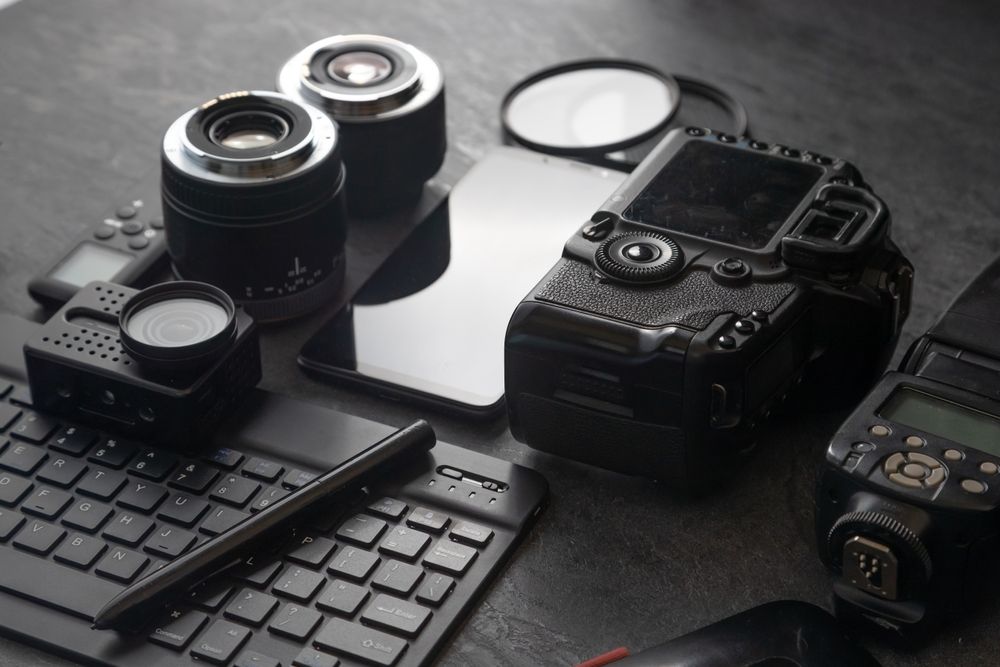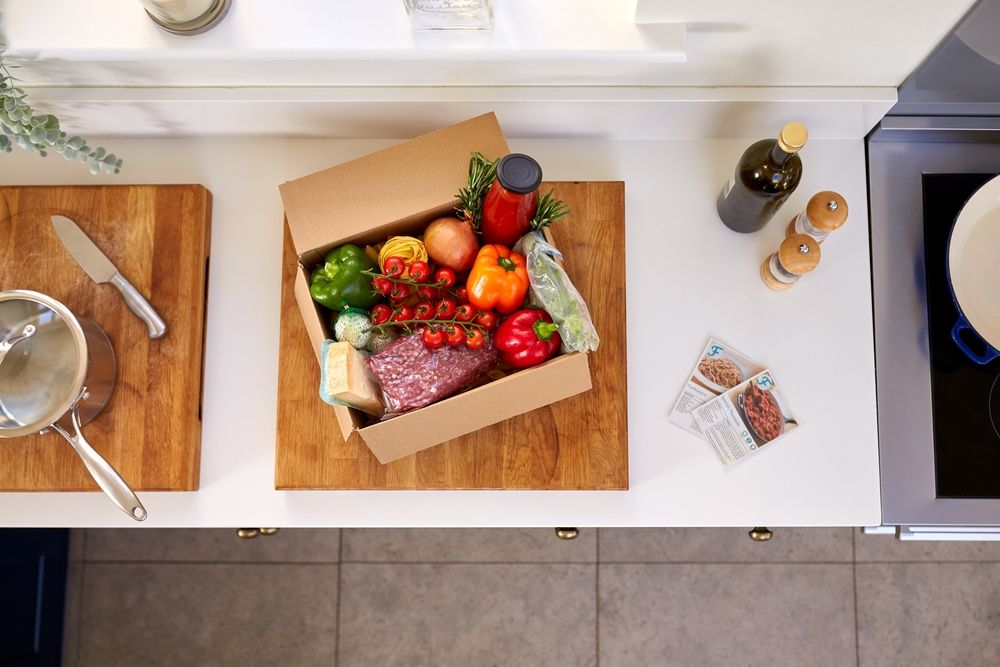Photography can be one of the most rewarding creative pursuits—but it’s not always kind to your wallet. Between camera bodies, lenses, lighting, and accessories, costs can skyrocket before you’ve even taken your first great shot. But here’s the good news: you don’t need the newest or most expensive gear to capture professional-quality images. With the right strategy, you can build your photography setup piece by piece—without going broke in the process.
Here’s how to invest wisely in your gear, get more out of every dollar, and still shoot like a pro.
Focus on Skill, Not Gear
The photography industry thrives on upgrades—every year brings new models promising sharper images and faster autofocus. But the truth is, tech rarely replaces talent. A skilled photographer can produce amazing shots with mid-range equipment, while expensive gear won’t automatically improve your eye for composition or lighting.
Before rushing to buy the latest camera:
-
Master your current gear and learn its full capabilities.
-
Spend time practicing manual settings and natural lighting.
-
Invest in training or workshops—education often pays higher returns than hardware.
When your skills exceed your camera’s limitations, that’s when it’s truly time to upgrade.
Buy Used or Refurbished—From Reputable Sources
One of the smartest ways to save on cameras and lenses is to buy certified pre-owned or refurbished gear.
Refurbished equipment is tested, repaired if needed, and resold by manufacturers or trusted retailers—often with warranties intact. Used gear, when purchased from reputable sellers, can also perform like new.
Best places to buy:
-
Manufacturer refurbish programs (Canon, Nikon, Sony, Fujifilm).
-
Specialized retailers like KEH, MPB, B&H Used Department, or Adorama Used.
-
Local camera stores that inspect and guarantee equipment.
You can often save 20–40% compared to retail while still getting high-quality, well-maintained gear.
Buy One Step Below “Flagship”
Top-tier camera bodies and lenses get all the attention—but their price tags often far outweigh their advantages.
Instead of buying the newest professional model, look for the previous generation or prosumer line—they typically share the same sensor or features but cost significantly less.
For example:
-
The Canon EOS R7 offers much of the power of the R5 at a fraction of the cost.
-
Nikon’s Z6 delivers professional results for less than the Z9.
-
Sony’s A7 III remains a top performer even years after release.
These models give you professional performance without the premium markup.
Rent Before You Buy
If you’re not sure which camera or lens suits your needs, try before you buy by renting.
Rental services like LensRentals, BorrowLenses, and local camera shops allow you to test different models affordably. This helps you:
-
Compare gear side by side.
-
Avoid buyer’s remorse.
-
Save money by only renting specialty equipment (like macro or telephoto lenses) when needed.
Renting is especially smart for infrequent photographers, event shooters, or travelers who need high-end gear only occasionally.
Look for Bundles and Starter Kits
Buying camera bodies and lenses separately can cost more than necessary. Many retailers and manufacturers offer bundled kits that include essentials like lenses, memory cards, tripods, or bags at a discounted rate.
When comparing kits:
-
Make sure the included items are gear you’d actually use.
-
Check that bundled lenses (like kit zooms) meet your needs in aperture and range.
-
Avoid bundles packed with low-quality accessories just to inflate value.
Well-curated kits can offer excellent value and convenience when starting out.
Trade or Sell Old Gear
Photography equipment holds value surprisingly well. If you’re upgrading, trade in your old camera, lenses, or accessories to offset the cost.
Where to sell or trade:
-
Online marketplaces like MPB, KEH, or eBay.
-
Local camera shops offering store credit for used gear.
-
Photography communities or Facebook groups (with caution).
Always include detailed photos, accurate descriptions, and original packaging to maximize resale value. The funds you recoup can make a major difference in your upgrade budget.
Compare Prices Across Retailers
Camera prices can fluctuate daily, especially around holidays and clearance events.
Before buying:
-
Use price-comparison tools like Google Shopping or CamelCamelCamel (for Amazon).
-
Watch for seasonal sales—Black Friday, Cyber Monday, and post-holiday deals often include steep discounts.
-
Sign up for retailer newsletters to get early access to promotions.
Even a 10% discount on big-ticket items like lenses or camera bodies can translate to hundreds in savings.
Consider Third-Party Lenses and Accessories
You don’t always need to buy name-brand lenses or accessories. Many third-party manufacturers offer high-quality alternatives that rival major brands at half the price.
Recommended brands:
-
Sigma and Tamron for lenses—known for excellent optics and reliability.
-
Godox and Neewer for lighting and flash systems.
-
Peak Design and Manfrotto for affordable, durable accessories.
As long as you verify compatibility with your camera mount, these alternatives can stretch your budget while maintaining professional standards.
Skip Unnecessary Extras
When buying new gear, it’s easy to get caught up in add-ons—filters, straps, cleaning kits, or branded batteries. But most of these can be replaced with cheaper, equally reliable versions.
To save more:
-
Buy generic accessories that have strong user reviews.
-
Focus only on must-haves: memory cards, protective cases, and one reliable tripod.
-
Wait to purchase additional gear until you actually need it for a project.
Photography stores thrive on impulse purchases—stay focused on essentials.
Leverage Student or Professional Discounts
If you’re a student, teacher, or professional photographer, you may qualify for exclusive discounts.
-
Major brands like Adobe, Canon, Sony, and Nikon offer education pricing or loyalty programs.
-
Some professional associations (e.g., PPA, NPPA) provide access to member-only deals.
-
Retailers like B&H and Adorama often have special financing or discounts for creative professionals.
Always verify eligibility requirements—you might save hundreds just by proving your student or professional status.
Learn Basic Maintenance and Repairs
Knowing how to care for your equipment extends its life and saves costly repairs.
Good maintenance habits include:
-
Cleaning lenses regularly with microfiber cloths and air blowers.
-
Keeping camera bodies dry and stored in humidity-controlled areas.
-
Using protective filters to guard against scratches and dust.
-
Avoiding unnecessary sensor cleanings unless truly needed.
A little care goes a long way—properly maintained cameras and lenses can last a decade or more.
Consider Insurance for Expensive Gear
If you’ve built a collection of valuable equipment, insuring it is worth considering. Many photographers skip insurance only to face major losses after theft or damage.
-
Look into photography insurance policies or add coverage to your homeowner’s plan.
-
Keep receipts and serial numbers documented for claims.
-
If you travel often, choose a policy that includes international protection.
Insurance may seem like an added cost, but it protects your investments—and prevents future financial pain.
Join Photography Communities for Deals
Online communities and local photography clubs are excellent places to find gear swaps, used sales, and discount codes.
By joining groups on Reddit, Discord, or Facebook, you can:
-
Hear firsthand reviews on new equipment.
-
Buy or sell gear with trusted peers.
-
Find deals through affiliate partnerships or early-access promos.
Networking with other photographers also helps you borrow or test gear before buying—another way to avoid unnecessary spending.
Photography doesn’t have to drain your wallet—it just requires strategy. By buying used or refurbished, renting before committing, trading old gear, and focusing on skill over status, you can build a reliable setup that grows with you.
The best camera is the one you know how to use well—not necessarily the most expensive one in the store. Smart photographers invest in creativity, not consumerism. When you approach your purchases with purpose and patience, your gear works harder for you—and so does your budget.





